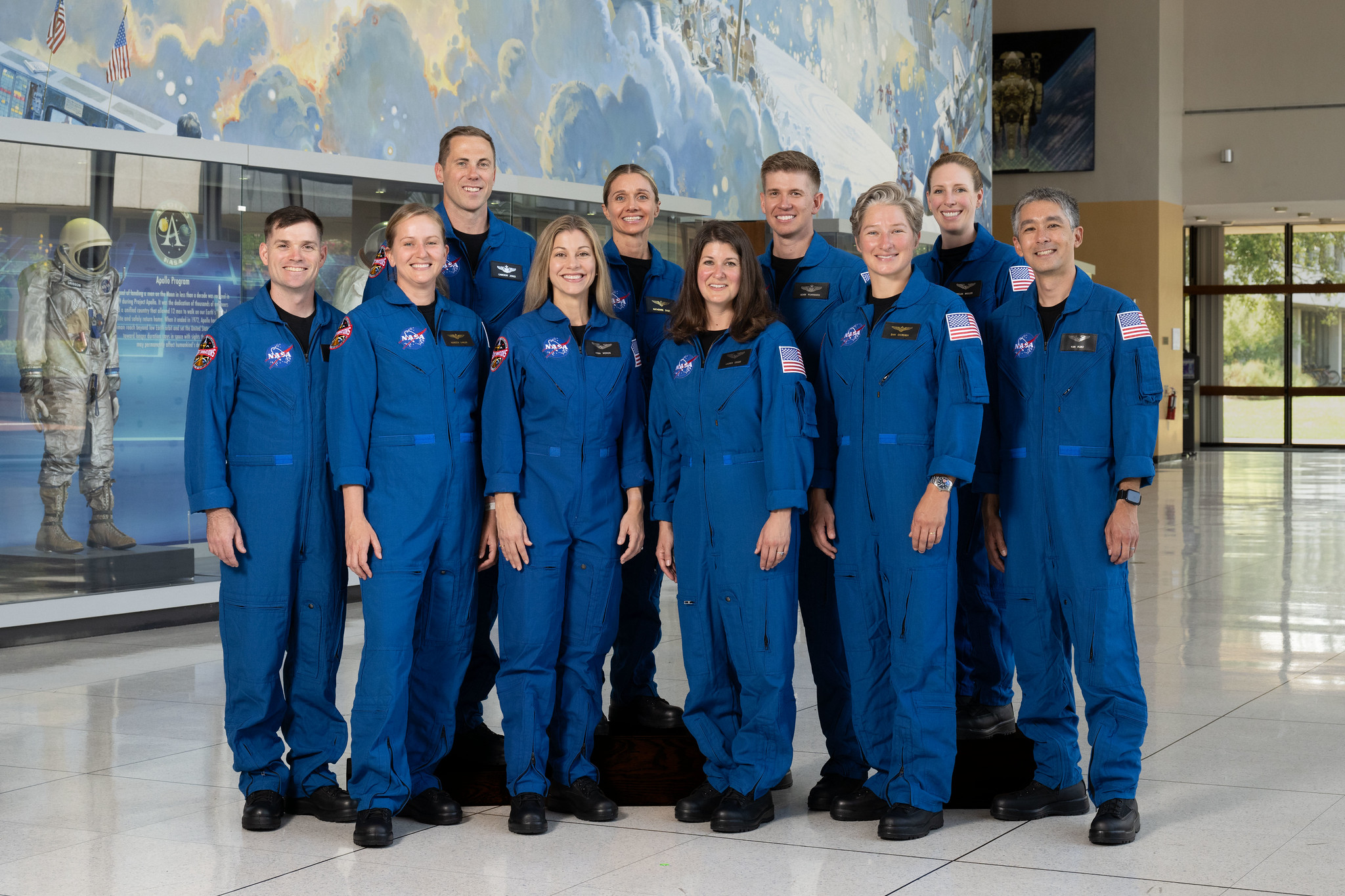NASA has introduced its latest astronaut class, known as Group 24, which includes a diverse group of ten individuals. This announcement was made during a ceremony at the Johnson Space Center on September 23, 2023. Among the new recruits is Lauren Edgar, a planetary scientist at the U.S. Geological Survey who initially feared she had missed her chance to join NASA’s astronaut ranks.
Edgar’s journey to this moment included a suspenseful wait for a call from NASA. Friends at the Johnson Space Center informed her that selections for the new astronaut class would be announced that day, but she did not receive a call. Later that evening, an unexpected phone call changed everything. It was Joe Acaba, NASA’s chief astronaut, inquiring if she was still interested in becoming an astronaut. Edgar enthusiastically confirmed her interest, marking a significant milestone in her career.
Group 24: A New Era for NASA Astronauts
The composition of Group 24 reflects notable changes in NASA’s astronaut program. For the first time, the cohort consists of six women, surpassing the number of men in the group. Among these women is Anna Menon, a SpaceX engineer with prior spaceflight experience from the Polaris Dawn mission, adding a new dimension to the astronaut class.
During the announcement, NASA Acting Administrator Sean Duffy referred to the new recruits as “our new cast of astronauts.” This phrasing highlights not only the individuals involved but also the evolving nature of space exploration. The shift in astronaut demographics mirrors broader societal changes and the increasing presence of private companies in the space sector.
Navigating an Uncertain Future
As the new class begins its training, they face an uncertain trajectory. The International Space Station (ISS), once a primary destination for astronauts, is approaching its scheduled retirement in 2030. By the time Group 24 completes their two-year training, opportunities for missions to the ISS may be limited. While there are plans for commercial successors to the ISS, recent adjustments in NASA’s support approach have created uncertainty regarding available flight assignments.
Additionally, the upcoming Artemis missions, which aim to return humans to the Moon, promise limited annual flights throughout the 2030s. Despite these challenges, Edgar remains optimistic and excited about the potential missions on the horizon. She expressed her enthusiasm for various aspects of NASA’s current portfolio, from ISS research to Artemis missions.
Edgar’s passion for space began at a young age when she witnessed a shuttle launch in second grade. Her career has included significant roles, such as being the deputy principal investigator for the Artemis 3 geology team. She previously applied for two astronaut classes but did not make it far in the selection process. Interestingly, she has worked with both classes as a geology instructor during their training, gaining valuable insights into the astronaut selection process.
While her background might suggest a desire for a specific role in an Artemis mission, Edgar emphasizes that she remains open to various possibilities. “Everything in NASA’s portfolio right now sounds pretty exciting,” she said, acknowledging the vast opportunities ahead.
As the landscape of space exploration evolves, patience is becoming an essential trait for astronauts. Whether awaiting a call from NASA or an assignment to a mission, the new astronaut class embodies resilience and adaptability in an ever-changing field.
This article first appeared in the October 2025 issue of SpaceNews Magazine.
